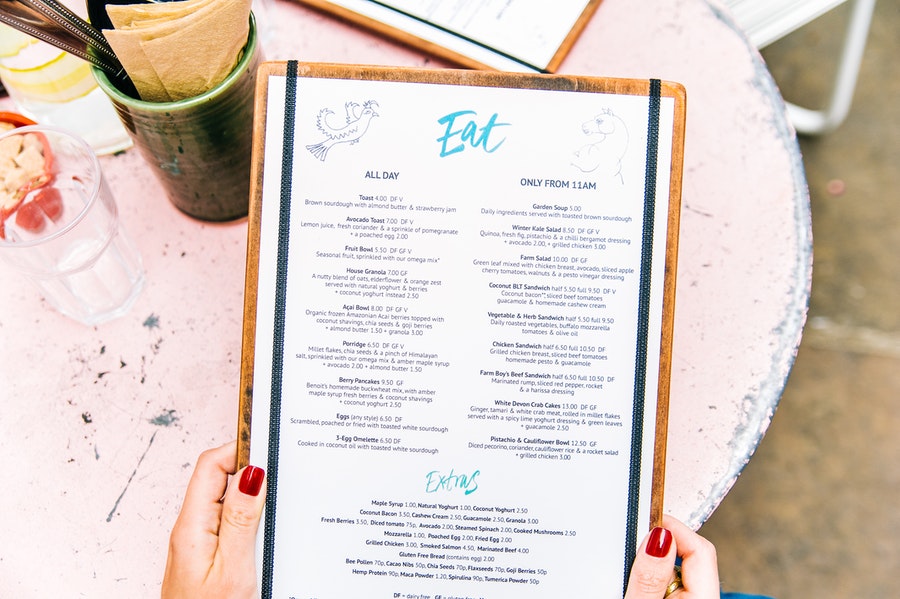How to Implement Your Restaurant Business Idea
Impementing your restaurant business idea effectively is no easy feat.
You will be competing with hundreds, or if not thousands of other restaurants in your area.
The moment you’ve realized that you want to open a restaurant, it is such a crucial event.
It has changed many lives, not just of the owners themselves but of the culinary cultures and communities they’ve touched.
However, for us, it still doesn’t match that magical moment when you’ve finally felt ready to turn that idea into a reality
You probably have a rough concept of what you want to happen, such as what kind of food you want to serve and who you want to serve them to.
It is even possible that you have also found the best restaurant financing option to materialize your dream.
Unfortunately, though, without proper planning and implementation, most food businesses barely make it out alive after the first five years.
We certainly don’t want that to happen. Hence, in this article, we are going to walk you through the steps on how to implement your restaurant business idea and increase its chances of success.
Let’s get started!
6 tips for how to implement your restaurant business idea:
1. Smooth out your rough concept
2. Find yourself within the idea
3. Write your business plan
4. Determine the right location
5. Refine your menu and pricing
6. Prepare for the future
1. Smooth out your rough concept
Think of your restaurant business idea as a rough stone.
You know that a valuable gem is residing inside.
Smoothing out the edges will help you better determine how to make this idea even more profitable.
To do this, you need to discern its two main aspects: what type of restaurant do you want and who do you want to serve?
There are different types of food establishments.
Family-style and casual-dining restaurants are just two of the most common.
Recent global events have increased the popularity of other types of food establishments like home-based food delivery services, pizzerias, and bakeries.
The question is, what type of establishment will best represent your idea?
Another thing that you should keep in mind is there is no universally-accepted food concept.
Indeed, everybody eats, but tastes vary according to different target demographics.
For instance, millennials are more willing to try new food concepts compared to baby boomers.
Meanwhile, Gen Xers are as drawn to healthier food as seniors.
2. Find yourself within the idea
Once you have determined where your idea will fit into the existing food industry, the next challenge is to find where you are within the idea itself and whether it is a good match for you.
For instance, do you enjoy waking up early? Do you have a passion for the type of cuisine that you are planning of serving? Are you ready to face the potential issues that come with serving alcoholic beverages?
Knowing the answer to these questions will further help you find your particular niche.
Keep in mind that you will be working on this business, possibly, for the rest of your life, so it’s really critical that you are fully committed to it before heading on to the next step.
3. Write your business plan
If you have been following our quick guide so far, then you will be pleased to learn that you actually have half of the information you’ll need to draft your business plan.
However, it’s not done yet. You will still need to do some research to create a more accurate market and competition analysis.
This is also the perfect time to determine your initial investment and budget. This will guide you in the next steps.
If you’re planning to apply for a loan or work with a business partner or investor in the future, then you will certainly need to refine this draft later on.
For now, it will serve as an ever-evolving document that you can refer to, especially when your business hits a road bump in the future.
4. Determine the right location
Location is everything when you’re setting up a food establishment.
You will need a spot that doesn’t just draw a lot of people, but those whom you want to serve.
For instance, a school district is probably not the best spot for your fine dining restaurant, but it can be the perfect place for a coffee shop or fast-food franchise.
Take your restaurant budget into account as well and keep in mind that getting a commercial property isn’t like getting a residential one.
You can’t just sell if you decide to back out in the future as it doesn’t have a lot of retained value.
5. Refine your menu and pricing
Here’s another step where your budget will come in handy.
After all, it will help you figure out your initial menu and pricing.
It is ideal to have food selections that people will easily identify with your restaurant.
Aside from that, you also want to make sure that you will be able to serve it at a reasonable yet competitive price point. Finally, don’t forget the taste and preparation process.
Here are some ideas to further help you with your menu building:
- Have a tasting party. Serve your menu items to your friends and family and get their honest opinion. We recommend setting up a system that will allow you to get anonymous comments to get more accurate answers.
- Check out your competition. Taste their food and see how their menu items are priced. Don’t just visit a couple of places. It’s best to research as much competition as you can, especially within the general location of your business.
- Research your potential suppliers. You want the best ingredients that your budget will allow. Account for their proximity, convenience, and delivery speed as well. It helps to ask around or check out reviews about them online.
6. Prepare for the future
The final step is to prepare for the foreseeable future. Are you going to need help? If so, how many employees will your budget allow?
Make financial projections. Will it be enough to help you through your first year? If not, then what sort of adjustments can you make?
How about your marketing? How are you planning to promote your product both online and offline?
Create a risk management plan. How will you respond when something unexpected happens, like a natural disaster, a pandemic, or worse, a health-related scandal?
Don’t forget to include this information in your business plan as well.
Lastly, do you have an emergency fund set up not just for your business but for your personal finances as well?
After all, the last thing you want to do is to put the future of your family in jeopardy.
Figuring out how to implement your restaurant idea is only the first hurdle that you need to cross in the long journey that awaits you as a restaurant owner.
The good news, though, is this process will also help you build the foundations that you will rely on as you continue towards this path.
We can only hope that we have given you enough information to help you get started.
Good luck!









